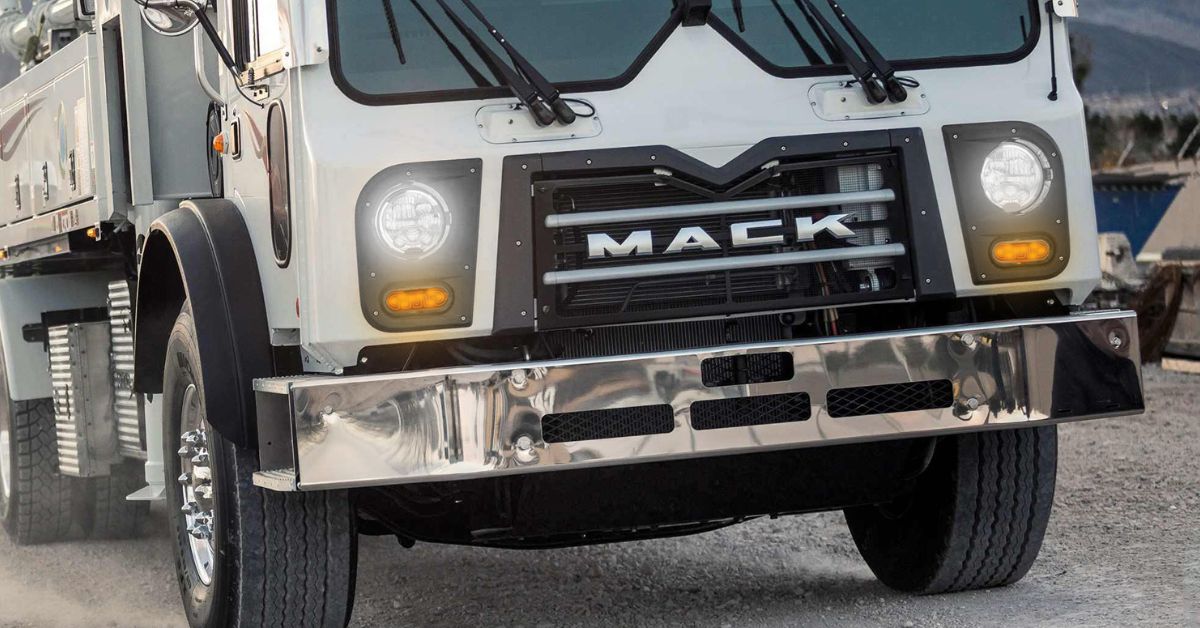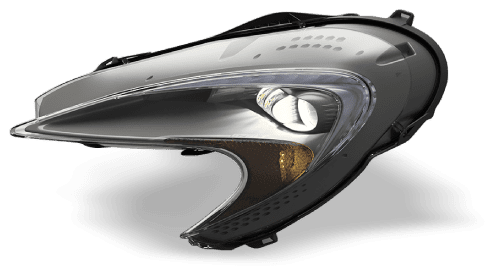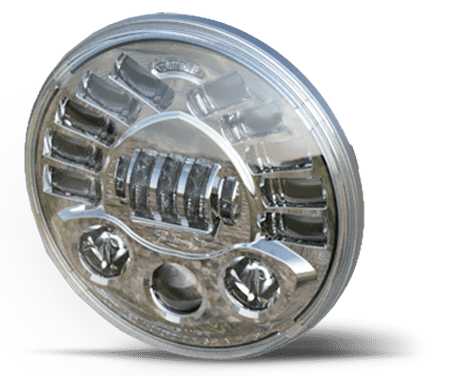
Understanding IP Ratings: How Durable Are Your LED Lights?

Protecting your LED lights from environmental damage is critical for performance and longevity. But how do you truly measure their durability? You need to know their IP rating. This two-digit code is the global standard for assessing the resistance of products, such as LED lights on vehicles, to dust and water.
This guide will walk you through everything you need to know about IP ratings, helping you make better decisions when evaluating the durability of your automotive lighting. By the time you’re done reading, you’ll understand IP ratings and know how durable your LED lights are.
Introduction to IP Ratings
Ingress Protection (IP) ratings are a system established by the International Electrotechnical Commission (IEC). They classify and define the levels of protection a product has against solids and liquids, including dust and water.
When comparing LED lights and other electrical devices, the IP rating is one of the most important specifications to consider. That said, these ratings aren’t just arbitrary codes; they provide valuable insights into a product’s durability, especially in demanding environments.
Decoding IP Ratings: The Numbers
IP ratings include two digits, such as IP65, IP67, or IP68. Each digit represents specific protection levels. The first digit in the IP rating highlights the level of protection the product has against solid objects, ranging from larger particles to microscopic dust. The scale runs from 0 to 6.
In the first digit of an IP rating, a 0 indicates no protection at all, while a rating of 6 guarantees complete resistance to dust ingress. For industries like manufacturing, construction, automotive, and outdoor lighting, this first digit is critical, as exposure to dust and debris is inevitable.
For instance, LED truck lights with an IP6x rating are dustproof so that no small particles can interfere with their internal components. This rating guarantees higher performance and reliability, even in the most challenging environments.
The second digit measures resistance to moisture and water exposure. This scale ranges from 0 to 9, with increasing levels of protection. A rating of 1 signifies protection against vertically dripping water, while a rating of 7 means the device is safe against temporary water immersion. At the highest end, a rating of 9 provides protection against powerful high-temperature water jets.
For LED applications, this measurement determines whether a fixture can withstand conditions like rain, humidity, or submersion. Outdoor LED lights, for example, usually require a higher second-digit rating for dependable performance, no matter the weather.
To put it all together, here’s an example. An IP44-rated light provides vehicles with basic protection against larger particles and splashes of water, while an IP68-rated light has significantly more resistance to dust and prolonged immersion in water.

Common IP Ratings and Their Meanings
When purchasing LED lights, you’ll likely see various IP ratings that indicate different levels of protection. An IP44 rating might suffice for lights used in partially sheltered outdoor areas, while IP67-rated lights are ideal for more extreme conditions, such as construction sites or underwater installations. Understanding what these ratings imply allows you to match them to your specific needs.
For instance:
- • IP65 lights are dustproof and protected against low-pressure water jets.
- • IP66 lights offer similar dust protection but withstand higher-pressure water.
- • IP68 lights go beyond standard protection, being completely dustproof and capable of enduring prolonged water immersion, offering unmatched durability for wet and harsh environments.
At J.W. Speaker, you can find high-quality heavy-duty truck lights for your vehicle. Knowing the right IP rating for your needs will help you narrow down your options with ease.
Choosing the Right IP Rating for Your Vehicle
Selecting the appropriate IP rating isn’t as simple as picking the highest one available. You must assess your environment and specific needs to avoid overpaying or under-preparing.
Take into account the weather conditions, potential hazards like dripping water, or exposure to dust. Factoring in these elements ensures reliable lighting, underscoring safety and performance, a must for businesses.
For exterior vehicle lighting such as headlights, taillights, or off-road auxiliary lights, an IP67 rating is highly recommended. This rating indicates that the lights are completely protected against dust ingress and can withstand temporary submersion in water.
If yours is an off-road vehicle exposed to severe environments, an IP69 rating offers the highest level of protection against dust and high-pressure water jets for optimal performance, even during rigorous power washing or extreme weather.
Selecting a suitable IP rating complies with safety standards and enhances the longevity of your vehicle’s lighting systems. Consulting with automotive lighting specialists can help you identify the most appropriate IP-rated solutions tailored to your vehicle and operating conditions.

Misconceptions About IP Ratings
As you can see, understanding IP ratings tells you how durable your LED lights are under certain conditions, making this information critical to know. That said, misconceptions abound, which can create confusion.
One common misconception is that higher IP ratings automatically translate to better overall performance. For example, an IP68-rated fixture may excel at water resistance but could lack adequate ventilation for heat dissipation in certain setups. As mentioned, you must know your specific needs when selecting IP-rated lights.
Another misunderstanding is assuming that an LED light’s IP rating guarantees unlimited exposure to water or dust without wear. Over time, seals can degrade, and periodic maintenance is necessary for ongoing protection. Understanding these nuances helps you avoid overestimating what a specific IP rating can deliver so your LED lights are always used within their intended scope.
Making Informed Decisions About IP Ratings
IP ratings determine how well your LED lights can handle their surrounding environment. By understanding solid particle and liquid ingress protection, you can confidently choose lighting solutions that offer the durability and functionality you need. Whether it’s an off-road vehicle exposed to a roaring stream or a truck braving a storm, the right IP rating is your first step to resilient and long-lasting LED lights.
Thoroughly evaluate your lighting requirements and the environmental conditions your LEDs will face before you finalize your purchase. Investing in the right specification extends the life of your lights for optimal performance. For professional guidance, consult with lighting experts who can recommend the most appropriate IP-rated solutions tailored to your needs.


